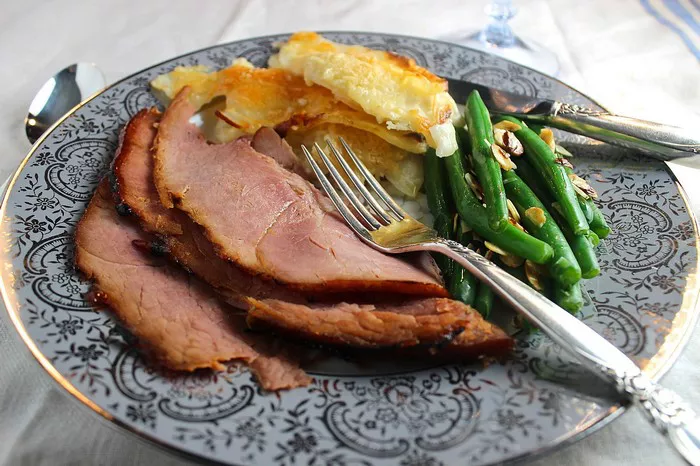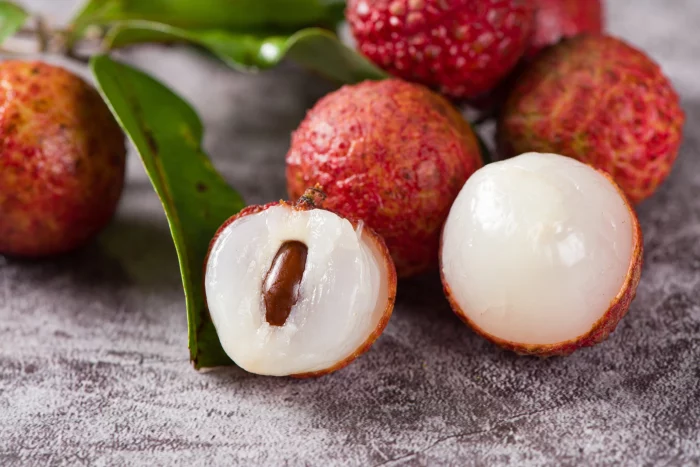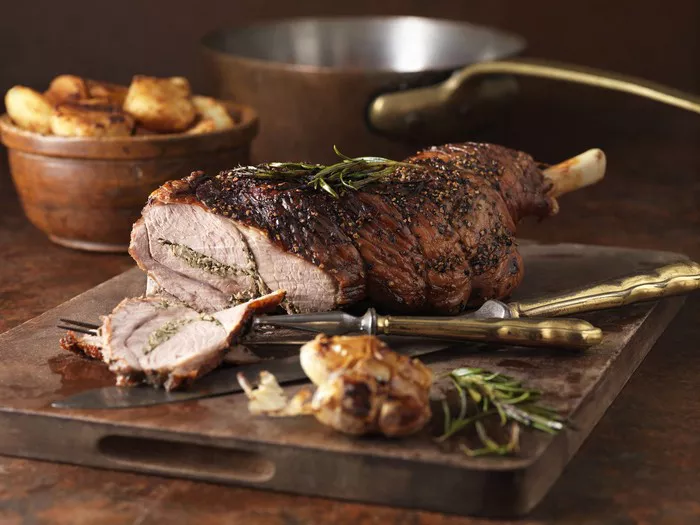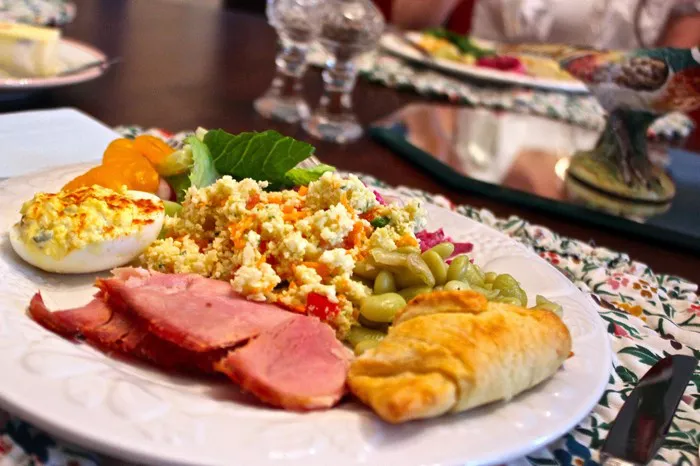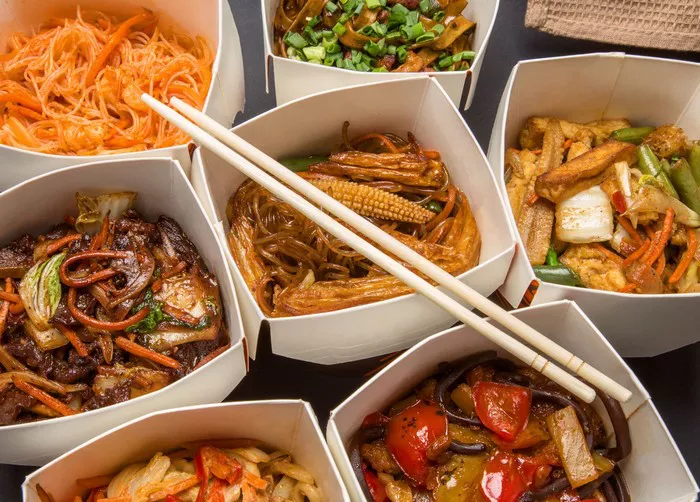The holiday season is synonymous with festive feasts and delicious meals, and a classic Christmas ham takes center stage on many tables around the world. With its succulent flavors and impressive presentation, a well-cooked ham is a delightful centerpiece that brings warmth and joy to the Christmas celebration. In this article, we will explore the various types of ham available, provide tips on selecting the perfect ham for your Christmas meal, and offer cooking methods to ensure a mouthwatering result that will impress your guests.
Understanding Ham Varieties
When it comes to selecting a ham for Christmas, it’s essential to understand the different varieties available. The main types of ham you may encounter include:
Bone-In Ham: This is a whole ham with the bone intact, providing exceptional flavor and moisture. It is often larger and requires longer cooking times. Bone-in hams can be fully cooked or partially cooked, allowing for different cooking methods and flavors.
Boneless Ham: A boneless ham is a convenient option for those who prefer ease of carving and serving. It is typically pre-cooked and has the bone removed before packaging. Boneless hams tend to be smaller and require less cooking time.
Spiral-Cut Ham: Spiral-cut hams are pre-cooked bone-in or boneless hams that have been sliced in a spiral pattern for easy serving. This type of ham is ideal for those who prefer convenience and uniform slices.
Country Ham: Country ham is a dry-cured ham that is salted and aged for several months or even years. It has a rich, intense flavor and a firm texture. Country hams require special preparation, such as soaking and boiling, before baking or roasting.
Selecting the Perfect Christmas Ham
When choosing a ham for your Christmas feast, consider the following factors:
Size: Determine the size of the ham based on the number of guests you will be serving and whether you want leftovers. A general guideline is to allow for about 1/2 to 3/4 pound (225 to 340 grams) per person if the ham is bone-in and 1/4 to 1/2 pound (115 to 225 grams) per person for boneless hams.
Quality: Look for high-quality hams from reputable sources. Opt for hams that are labeled as “fully cooked” or “partially cooked” to ensure food safety and ease of preparation. Check for the USDA (United States Department of Agriculture) or other relevant certifications on the packaging to ensure the ham meets safety standards.
Flavor and Seasoning: Consider the flavor profile you desire for your Christmas ham. Some hams come pre-seasoned or glazed with flavors like honey, maple, or spices, while others are left plain for you to season as desired. Choose a flavor that complements your taste preferences and complements the other dishes on your holiday menu.
Preparation Instructions: Read the packaging or labels carefully to understand the preparation instructions for the ham you choose. Some hams may require specific cooking methods or additional steps such as soaking or boiling before baking or roasting. Familiarize yourself with the instructions to ensure the best results.
Cooking Methods for Christmas Ham
Once you’ve selected your Christmas ham, it’s time to consider the cooking method that best suits your preferences and the type of ham you have chosen. Here are three popular cooking methods:
Baking/Roasting
This is the most common method for cooking a ham. Preheat your oven to the recommended temperature specified on the packaging. Place the ham in a roasting pan and cover it with foil. Bake for the prescribed time, allowing for approximately 15-20 minutes per pound (450 grams) for fully cooked hams, or as indicated by the instructions for partially cooked hams. During the last 30 minutes of cooking, uncover the ham and apply any glaze or additional seasoning. Baste the ham periodically to keep it moist and flavorful.
Slow Cooker
Slow cooking is an excellent option for convenience and tenderness. Place the ham in a slow cooker and add a small amount of liquid, such as broth or apple juice, to prevent drying out. Cook on low heat for 4-6 hours or as directed by the ham’s instructions. If desired, glaze the ham and finish it off in the oven at a high temperature for a few minutes to achieve a caramelized exterior.
Smoking
Smoking imparts a distinct flavor to the ham and is a great choice for those who enjoy the smoky aroma. Prepare your smoker according to the manufacturer’s instructions and set it to a temperature between 225-250°F (107-121°C). Place the ham on the smoker grates and smoke it for the recommended time, usually about 4-6 hours, depending on the size of the ham. Baste the ham occasionally with a mop sauce or glaze for added flavor.
Serving and Presentation
When your Christmas ham is cooked to perfection, it’s time to present it with style and flair. Consider the following tips for serving and presentation:
Carving: Allow the ham to rest for about 10-15 minutes after cooking to ensure juiciness and ease of carving. Use a sharp knife to carve thin, uniform slices, either across the grain or along the bone, depending on the type of ham.
Accompaniments: Serve your Christmas ham with a variety of delicious accompaniments. Classic choices include mustard, cranberry sauce, pineapple slices, or a tangy glaze. Consider sides like roasted vegetables, scalloped potatoes, or buttery rolls to complete the meal.
Leftovers: If you have leftovers, store them properly in airtight containers in the refrigerator. Leftover ham can be enjoyed in sandwiches, salads, soups, or as a flavorful addition to omelets or pasta dishes.
Conclusion
A perfectly cooked Christmas ham is a true centerpiece that embodies the spirit of the holiday season. With the right selection, cooking method, and attention to detail, your Christmas feast will be enhanced by the succulent flavors and aromas of a well-prepared ham. Whether you choose a bone-in, boneless, spiral-cut, or country ham, the joy and warmth it brings to the table will make your holiday celebration truly memorable. So, select your ham with care, cook it with love, and savor the festive delight that only a Christmas ham can offer.

